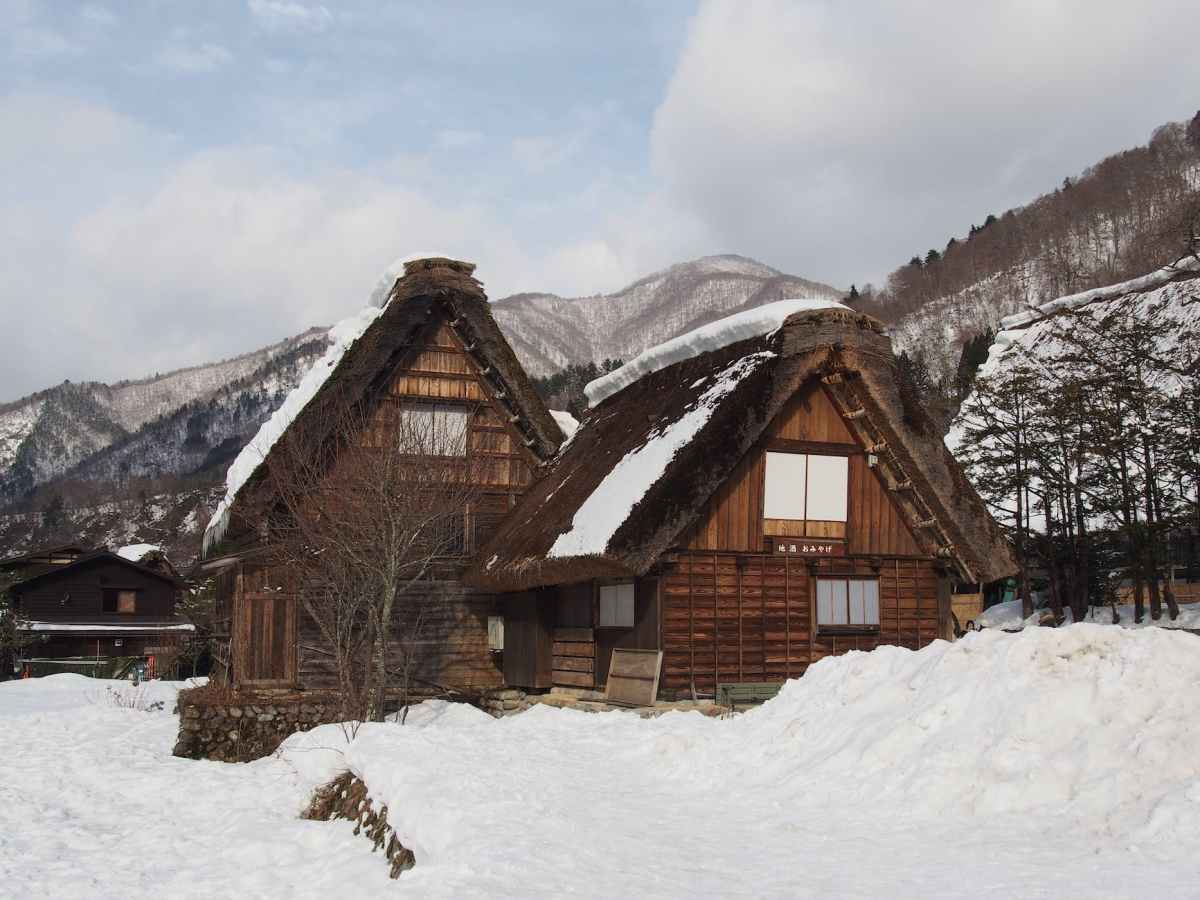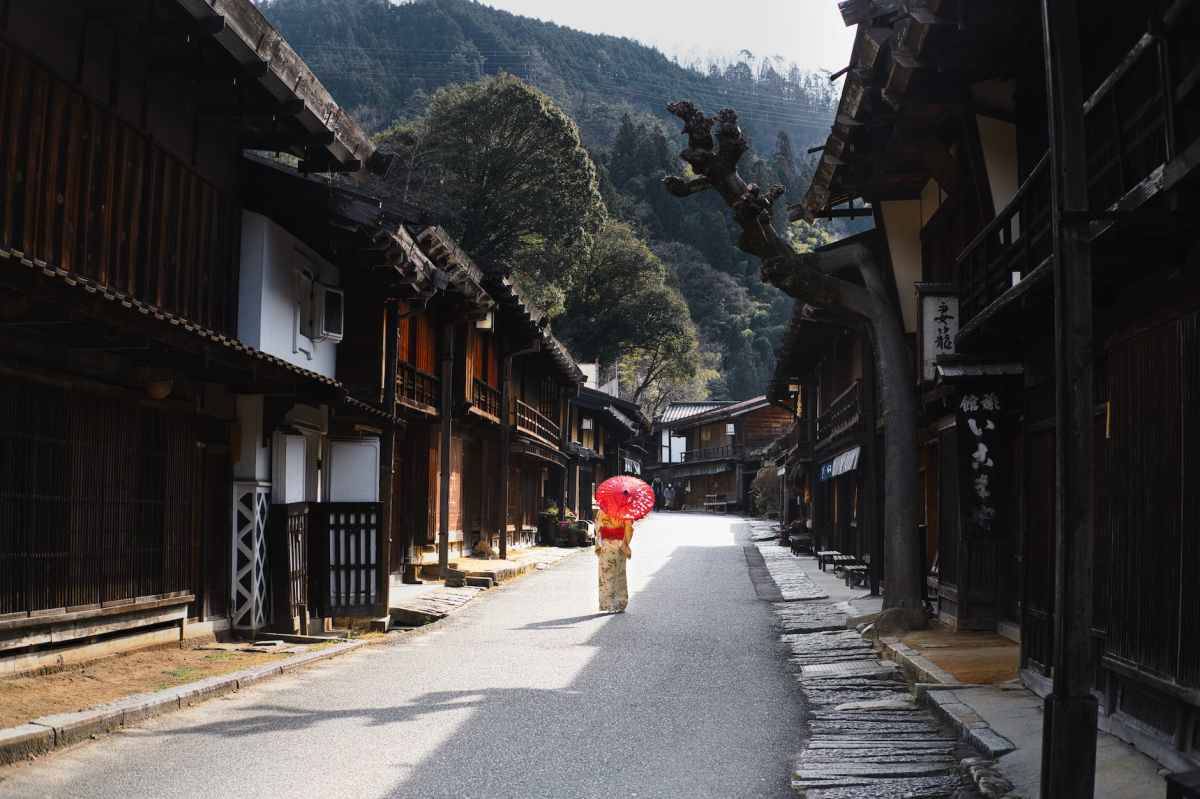In the tapestry of Japan’s history lies a period referred to as the “mysterious 4th century.” This era, spanning the late 3rd to the 4th century, approximately 1700 years ago, is characterized by a scarcity of historical records, shrouded in mystery. Yet, it is this very lack of information that stirs our imagination and fosters a deep empathy towards ancient Japan.
Empathy with Political Diversity
Archaeological findings and Chinese historical texts suggest that during this time, the Japanese archipelago was home to various regional powers. Each of these entities had its unique political system and embraced different cultures and technologies. This political diversity offers a parallel to our contemporary society, where diverse cultures and ideologies coexist. The varied regional powers of yesteryears can be seen as a precursor to modern Japan’s multifaceted society.
Empathy with Social Diversity
With the advancement of agricultural society, differences in the scale and structure of settlements emerged. The beginning of the Kofun period, marked by the appearance of large tomb systems, indicates changes in the societal hierarchy and power structures. These burial mounds varied significantly in shape and size across regions, reflecting the cultural and societal distinctions of each area. Today, we can relate to our roots and the uniqueness of our local communities, deepening our understanding of each other’s backgrounds.
Empathy with Cultural Diversity
During this era, the Japanese archipelago was influenced by external cultures. The influx of new technologies and cultural practices from China and the Korean Peninsula is evident in the artifacts discovered, such as pottery, metalwork, and ornaments. The widespread use of iron tools revolutionized agriculture and warfare, significantly impacting societal development. In contemporary times, we continue to enrich our lives through the adoption of foreign cultures and technologies. This cultural diversity fosters an environment where we can embrace new perspectives and ideas, enhancing our own culture in the process.
Empathy with the Past, Steps Towards the Future
The mysterious 4th century reveals the diverse history and culture of Japan, from past to present, and into the future. Like us, the people of this era interacted with a variety of cultures, adopting and adapting them to enrich their own. This historical journey not only deepens our empathy for the past but also inspires us to consider the possibilities of the future. By embracing diversity, we can continue to grow together, building a richer culture.
Reflecting on this enigmatic era allows us to reconnect with our roots and appreciate the importance of accepting different cultures and values. Though the mysterious 4th century is a tale from the distant past, it resonates closely with us, filled with empathy and discoveries.
タグ: Ancient Japan
The Importance of Hida Region in Ancient Japan
In ancient Japanese history, the Hida region played a significant role. Located in the northern part of Gifu Prefecture, Hida has been utilized as a transportation hub since ancient times. Therefore, the history of Hida is indispensable in understanding ancient Japanese history.
First, the Hida region functioned as a hub for cultural exchange in ancient Japan. Hida was a connecting point between the Inland Sea and the Pacific Ocean, with deep ties to the Kinai and Hokuriku regions. Through Hida, various cultures spread throughout Japan. For example, during the Yayoi period, characteristic Yayoi pottery was produced in the Hida region, which then spread to the surrounding areas.
Furthermore, the Hida region was closely involved in ancient politics. Hida was under the control of the Hida Kokuzo, a provincial governor in the ancient Japanese system. The Kokuzo was a government official appointed by the Yamato Court, responsible for local politics and the economy.
【Article 2: Discover the Hidden Charm of Hida’s History and Culture!】
Hello, history enthusiasts! How are you doing? Today, I want to focus on the Hida region in Gifu Prefecture, an area that is essential to understanding ancient Japanese history. Let’s explore the fascinating history and culture of the lesser-known Hida region together!
🔍What is the Hida Region like?
Hida is located in the northern part of Gifu Prefecture and has been a transportation hub since ancient times. This region has deep connections with the Kinai and Hokuriku regions and is known for the spread of various cultures through Hida.
🏺The History of Cultural Exchange in Hida
The Hida region played a critical role as a center for cultural exchange in ancient Japan. During the Yayoi period, unique Yayoi pottery was produced in the Hida region, which then spread to the surrounding areas. Hida significantly contributed to the cultural development of ancient Japan.
🌟The Hida Region and Ancient Politics
In the ancient Japanese system, the Hida region held an essential position. Hida was governed by the Hida Kokuzo, an official appointed by the Yamato Court who oversaw local politics and the economy. Hida had a significant impact on ancient Japanese politics.
🌲The Abundant Nature of the Hida Region and its Utilization
The Hida region is blessed with beautiful nature, surrounded by mountains. People in ancient times utilized this nature by using resources such as timber and medicinal herbs for their daily lives and industries. The Hida region also has abundant water resources, which contributed to the development of various industries such as agriculture, sericulture, and mining.
🏯Historical Sites and Landmarks in Hida
There are numerous historical sites and landmarks in the Hida region that allow visitors to experience its history and culture. For example, the villages of Shirakawa-go and Gokayama, with their unique gassho-zukuri architectural style, are registered as World Heritage Sites. The Hida-no-Sato open-air museum, also known as “Hida Village,” allows visitors to see old Hida houses and tools up close.
🎎Festivals and Traditional Performing Arts in the Hida Region
The Hida region is known for its deeply rooted festivals and traditional performing arts. Representative festivals include the Takayama Festival and Hida Furukawa Festival, with their magnificent floats and stalls parading through the streets. Unique traditional performing arts are also passed down in the Hida region, such as the Hida Industrial Dance and the Hida Lion Dance.
✈️Visiting the Hida Region
When visiting the Hida region, trains and buses within Gifu Prefecture are convenient options. Additionally, there is a limited express train service from Nagoya to Takayama, making the area easily accessible. A trip to the Hida region offers a valuable experience, allowing you to immerse yourself in the history and culture of ancient Japan.
So, how was it? Are you intrigued by the charm of the Hida region? The Hida region, where you can feel the ancient history of Japan, is an irresistible spot for history enthusiasts. Take this opportunity to visit the Hida region and experience its history and culture firsthand!
Unraveling Ancient Japan: The Significance of the Suwa Region
The Suwa region, located in the central part of Nagano Prefecture, has a deep connection to Japanese history and culture dating back to ancient times. The most important aspects of the Suwa region can be summarized in the following keywords:
Suwa Taisha Shrine: Among the many shrines throughout Japan, Suwa Taisha Shrine has a history dating back to ancient times and is mentioned in the Kojiki and Nihon Shoki chronicles. Suwa Taisha is divided into the Upper Shrine and Lower Shrine, each containing numerous historical structures.
Lake Suwa: As Japan’s oldest lake, Lake Suwa is deeply involved in regional faith and festivals, and it played a significant role in the lives and trade of ancient people.
Ancient Ruins: Numerous archaeological sites from the Yayoi period to the Nara period can be found in the Suwa region, including large tombs from the Kofun period and Asuka-period sites that were once the centers of provincial and regional governments. These sites reveal various aspects of trade, politics, and religion at the time.
Faith and Festivals: The faith of the Suwa region is rooted in ancient mountain worship and nature reverence. In addition, the local Onbashira Festival is a historical event that has continued since ancient times, preserving its traditions and history to this day.
Cultural Exchange: The ancient Suwa region was a hub for east-west traffic and a trade route connecting the capital region with the Tohoku region. As a result, various cultures interacted, nurturing a unique regional culture.
The Suwa region encompasses these elements in a complex interplay, preserving the history and culture of ancient Japan in its own unique way. Therefore, the Suwa region can be considered the most important area for unraveling ancient Japan.


